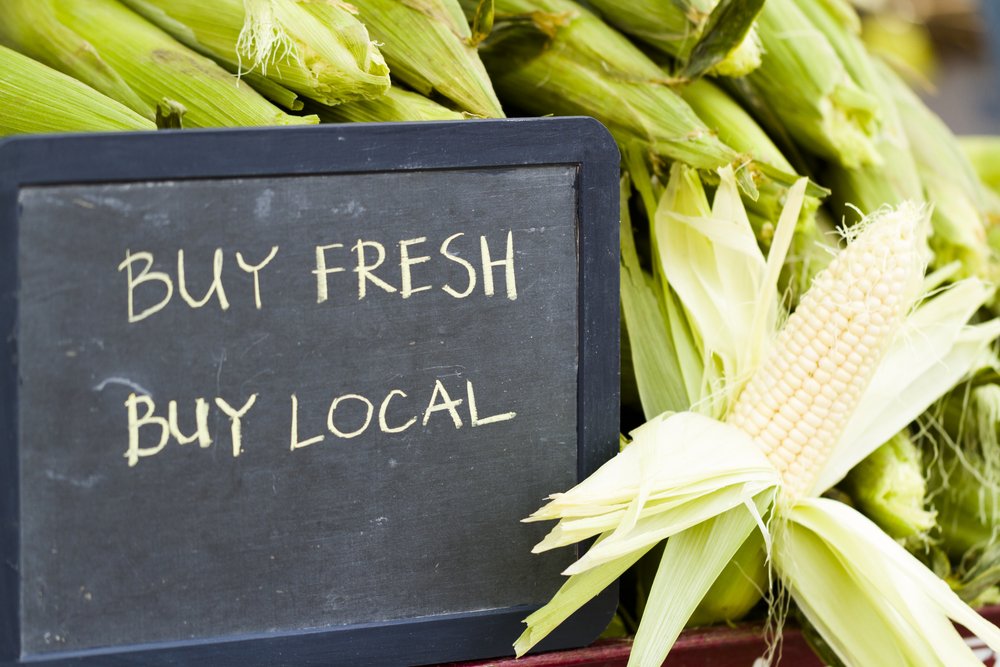

The first step in launching a more sustainable facility begins with food ordering. A little homework and due diligence will benefit not only the environment but how you are perceived. With the ever growing eco-awareness of our customers, featuring items sourced sustainably is a value-add that our industry should make common practice.
This is not as daunting of a task as it may seem. Here we’ve mapped several ‘baby steps’ that will put you on the sustainability path.


Sourcing local ingredients helps lessen a business’s carbon footprint by reducing the mileage a product must travel before reaching the kitchen. Many of our purveyors, in response to the ‘buy local’ demand, have increased their options of local products (produce especially). With this growing demand there has been an increase in small regional farms, opposed to larger factory farms. Smaller farms tend to have procedures and goals that may be more in line with the growing green initiatives. Lastly, you’d be supporting your local economy and further benefiting the food community cycle. Win win all around!
Do a little homework on your current suppliers. Do their practices align with a more sustainable eco-friendly supply chain? What goals do they have for environmental improvements? Switch to vendors that are actively making a difference and don’t be afraid to ask them questions about their practices.
Similarly, this practice goes hand in hand with the ‘buy local’ adage. Crafting menus with a seasonal theme will greatly decrease your facilities carbon footprint and increase the quality of the foods you produce. Really work with your farmers to understand their growing season to craft your menu.
When assessing your menu items and general food ordering, look for item descriptions or labels reading: organic, Non-GMO, Local, Fair Trade, Biodynamic and Carbon Neutral. These are the products to work into your budget and start integrating into your menu. It is a majority full-proof system of guaranteed assurance, many and most of these labels are government regulated and strictly enforced.
If your menu features a regular rotation of seafood look to the Monterey Bay Seafood Watch for guidance. Their recommendations help you choose seafood that’s fished or farmed in ways that have less of a negative impact on the environment.
Pre-cut vegetables might be a time saver for your staff, but it certainly does damage to the environment. Many facilities that offer pre-cuts discard the trimmings into the regular waste stream, increasing landfill sizes with perfectly viable or at least compostable products. Big machines are often doing the cutting as well, this depletes natural energy sources.
Most suppliers are offering a totally electronic invoicing system reducing the amount of paper dumped into the waste stream. Switch to paperless billing and save a few trees in the process.
All over the United States, restaurants are closing their doors. It is a difficult decision…
2019 Novel Coronavirus (COVID-19) cases have climbed up over 600,000 in the United States. It…
COVID-19 is a scary time for all of us. With many cities and states issuing…
All over the United States, restaurants are closing their doors. It is a difficult decision…
To start 2020, one of the biggest stories in the world is the new strain…
There’re over 900 flavors that have been identified in the sweeping array of beers that…